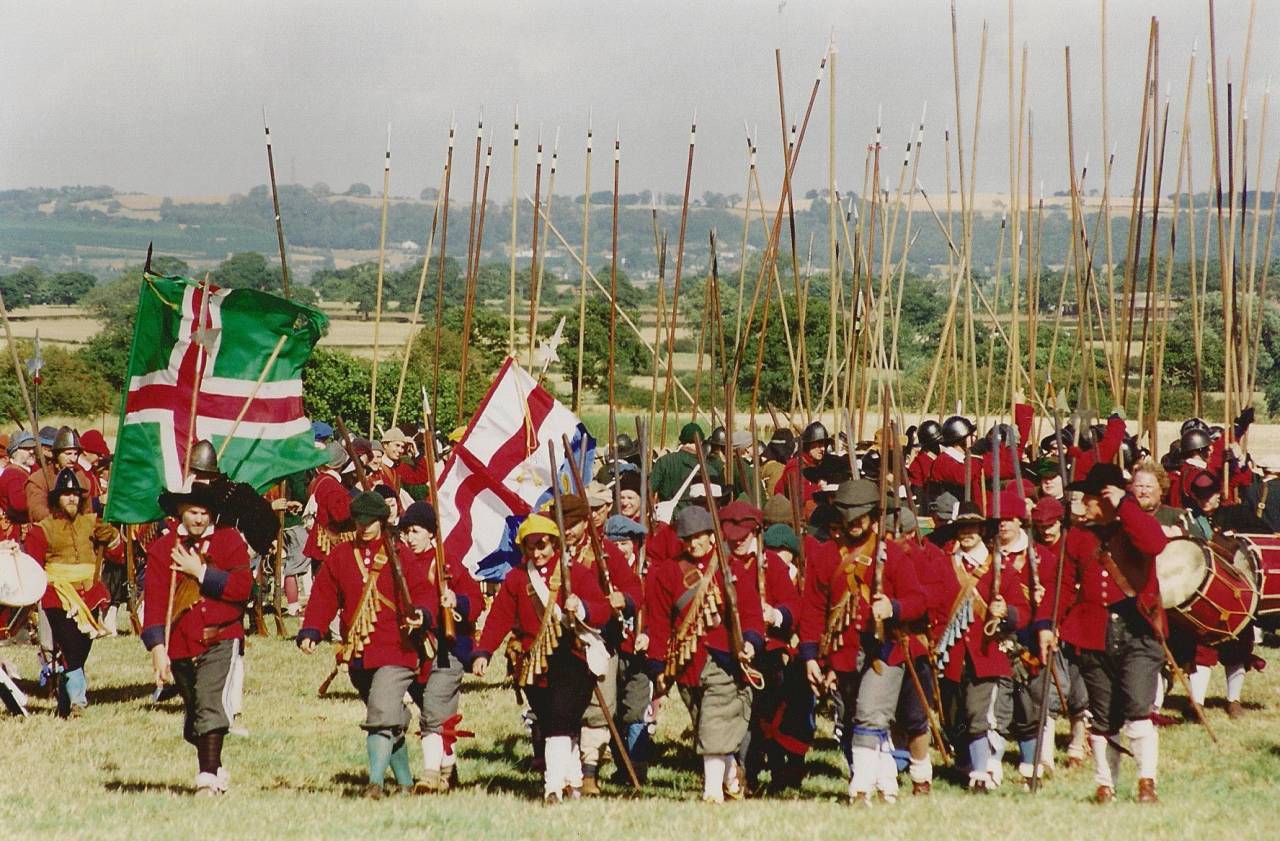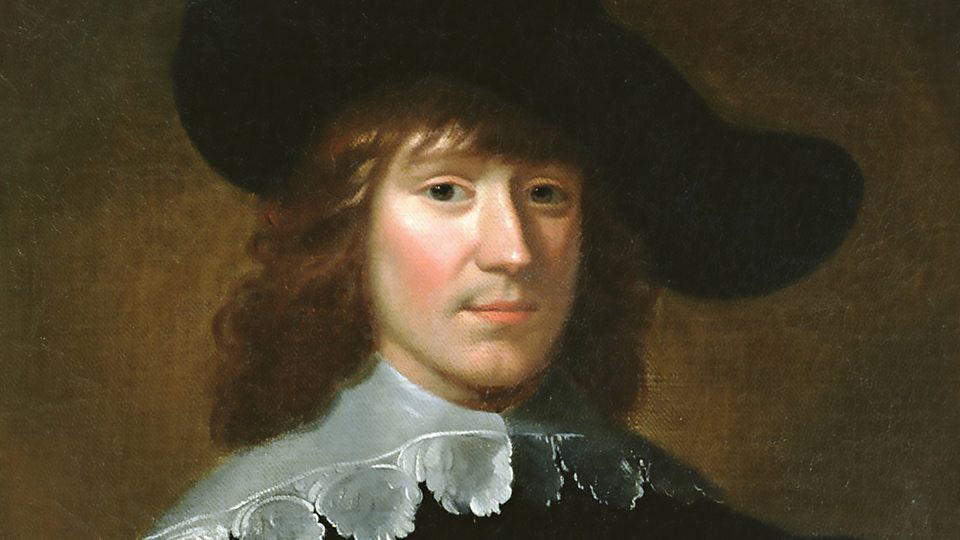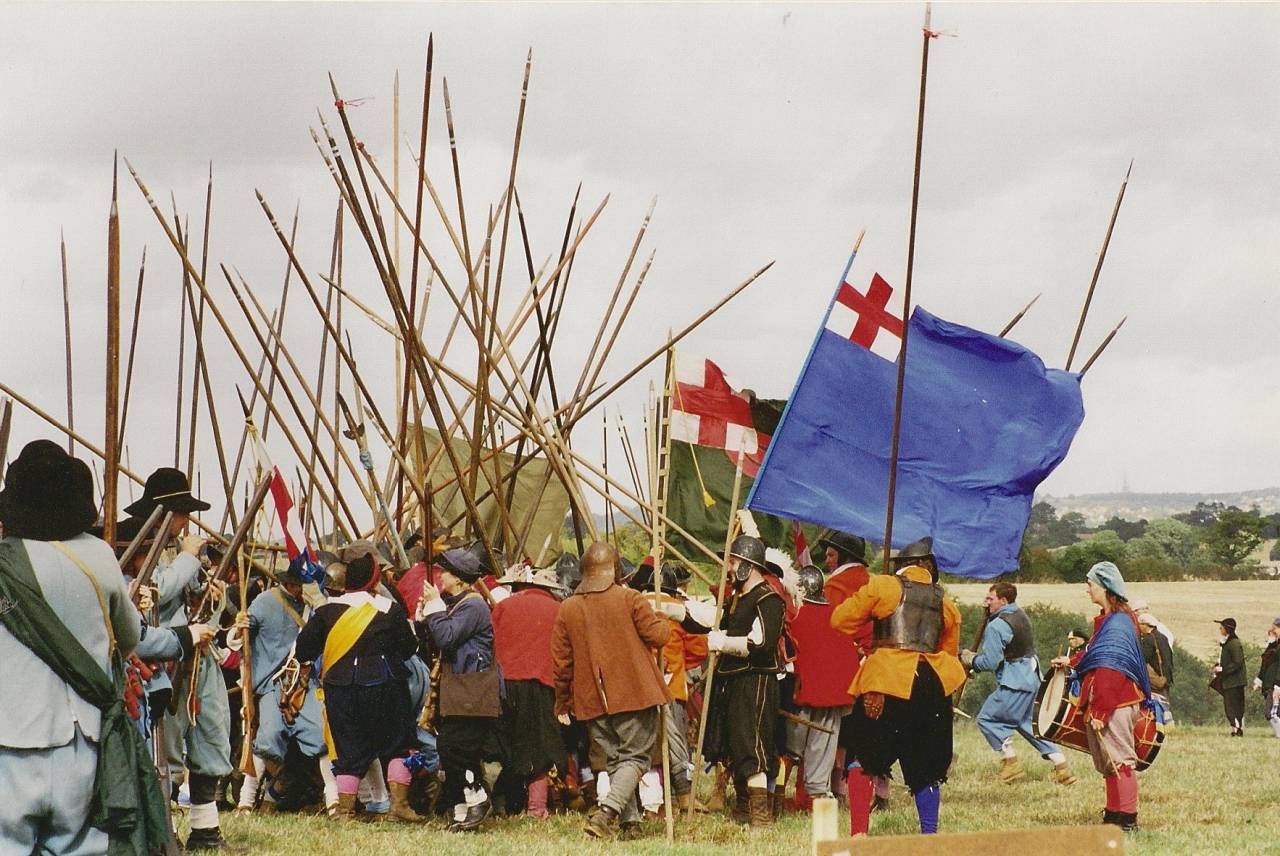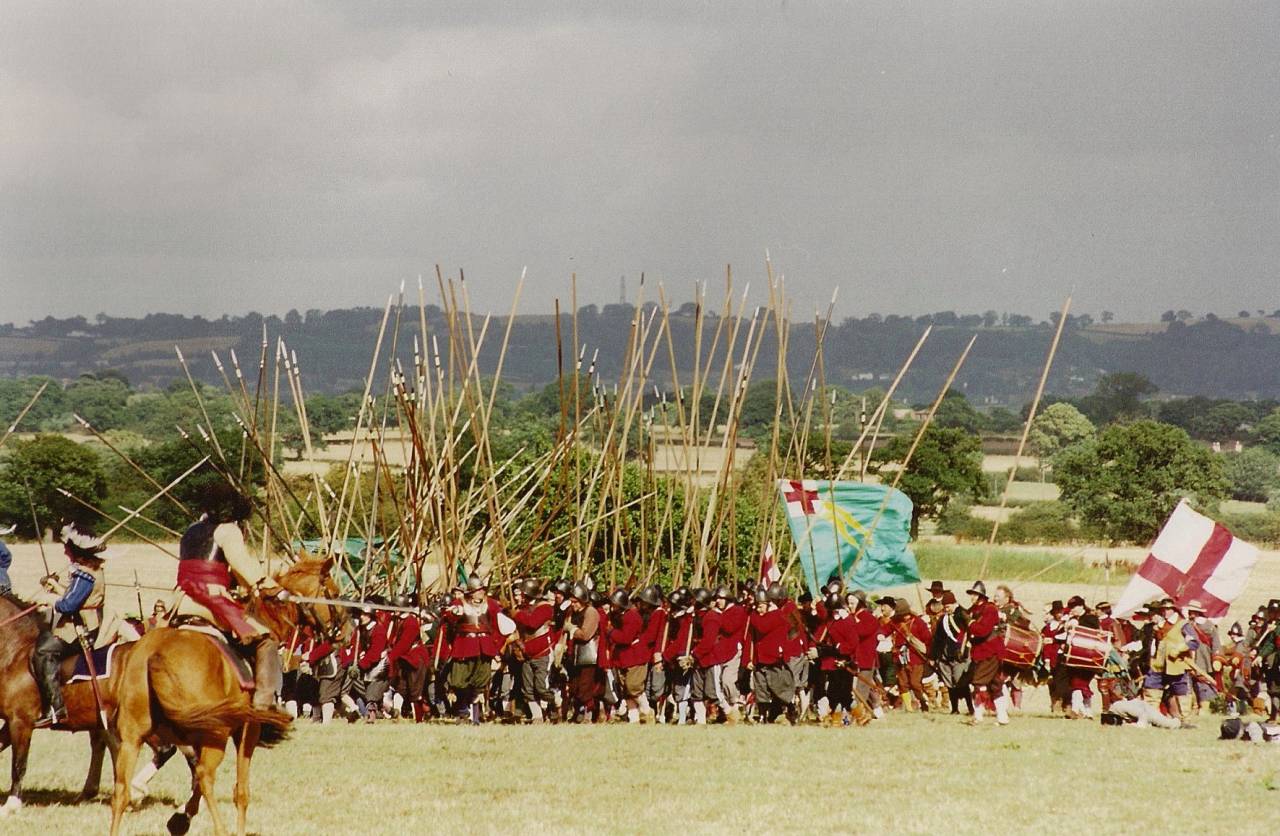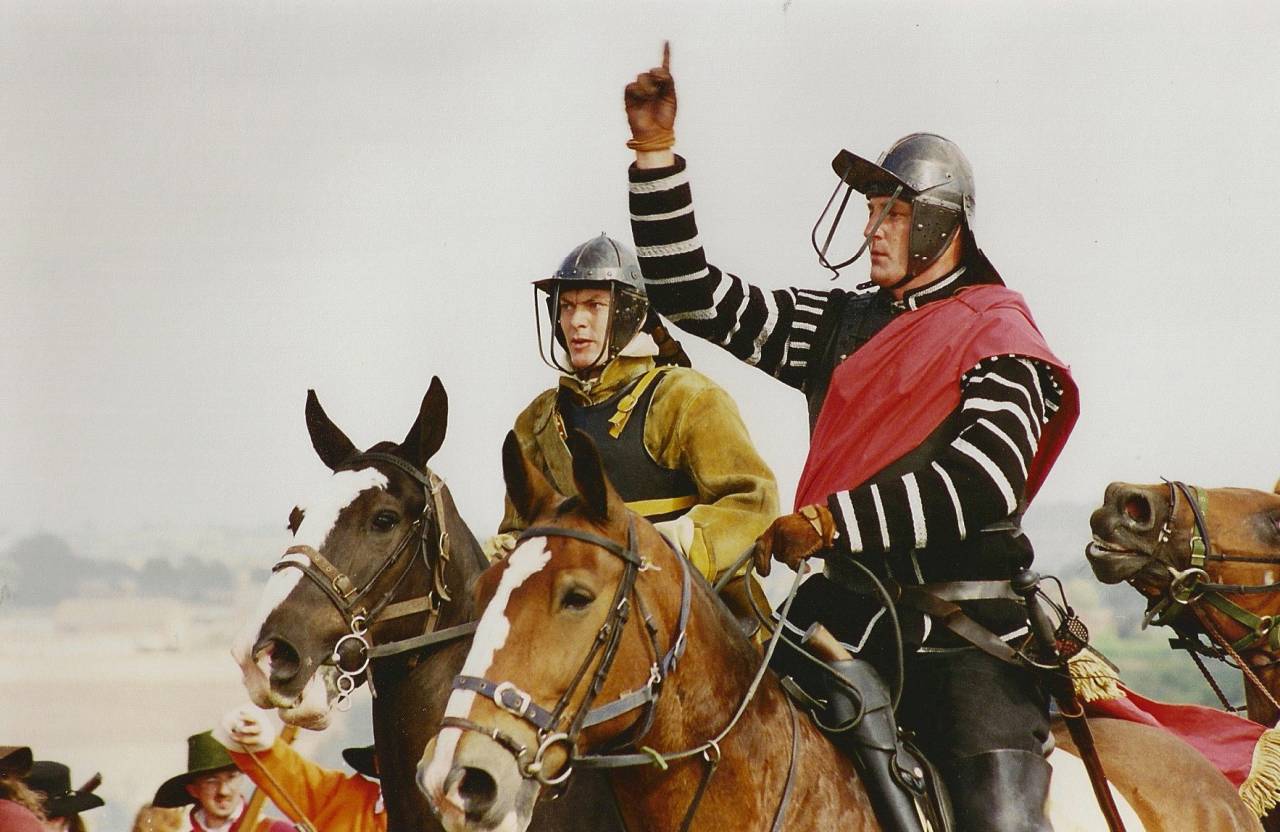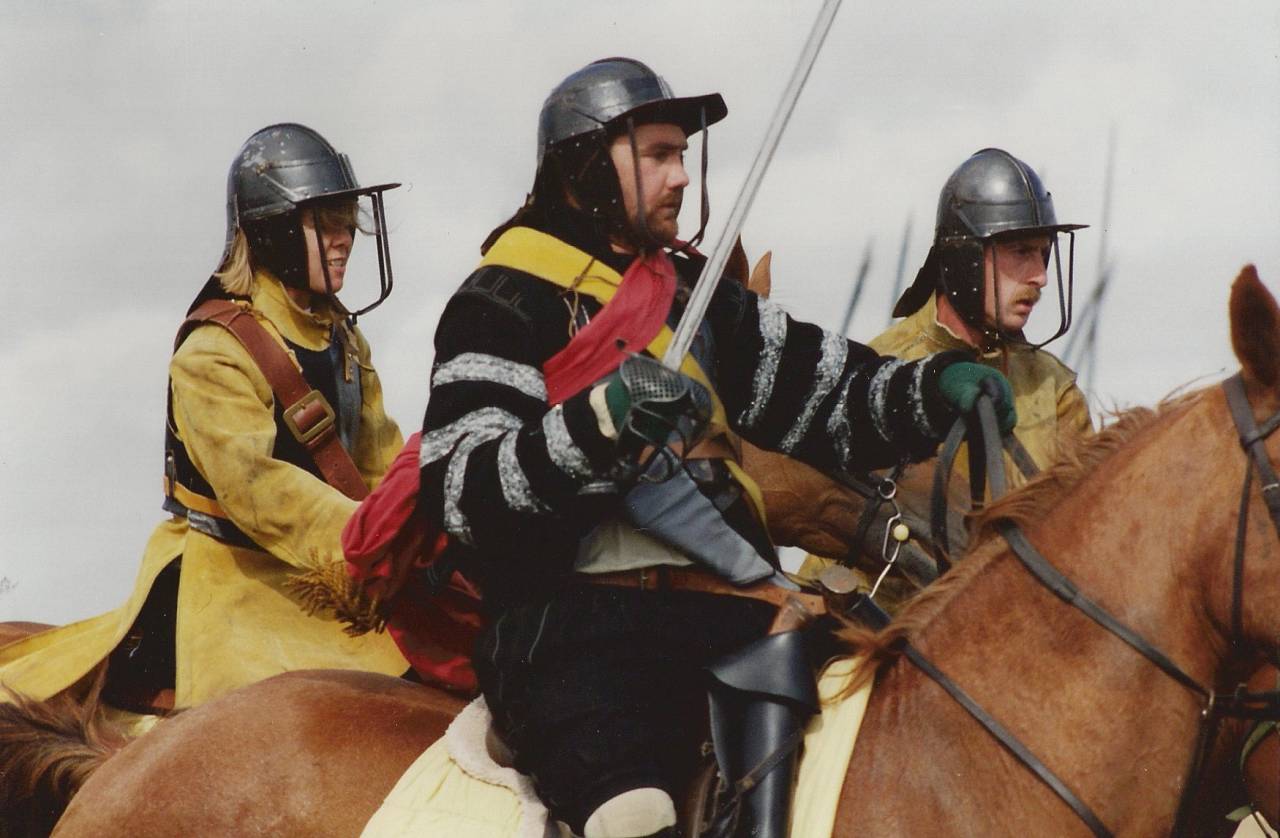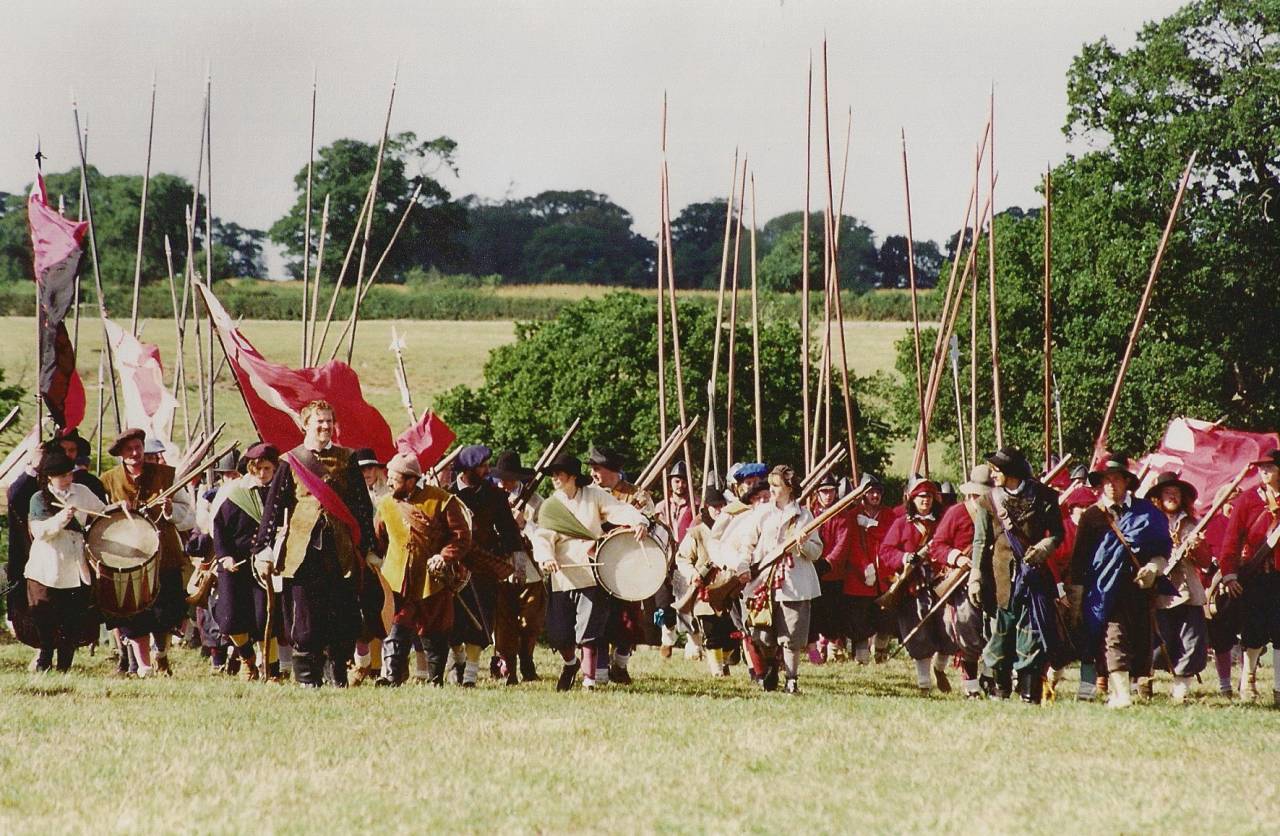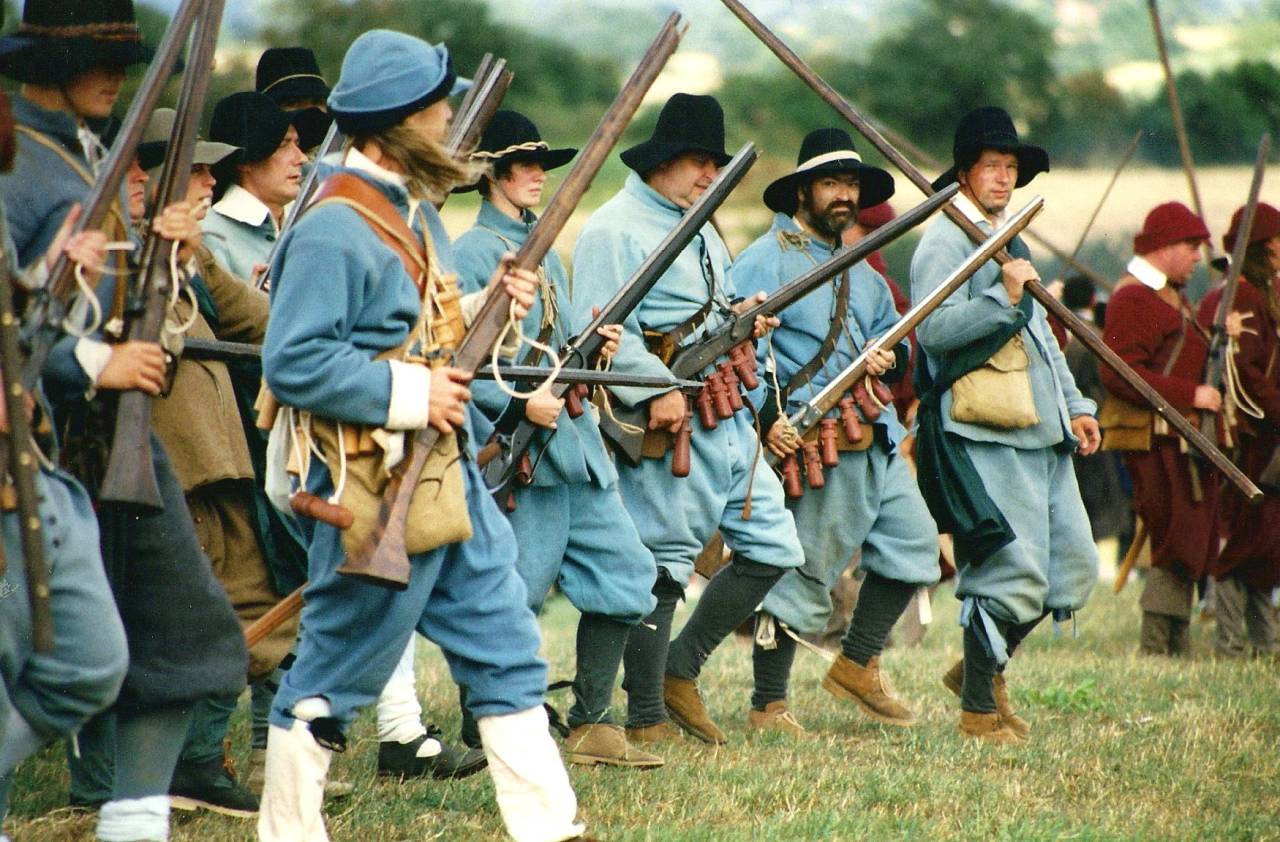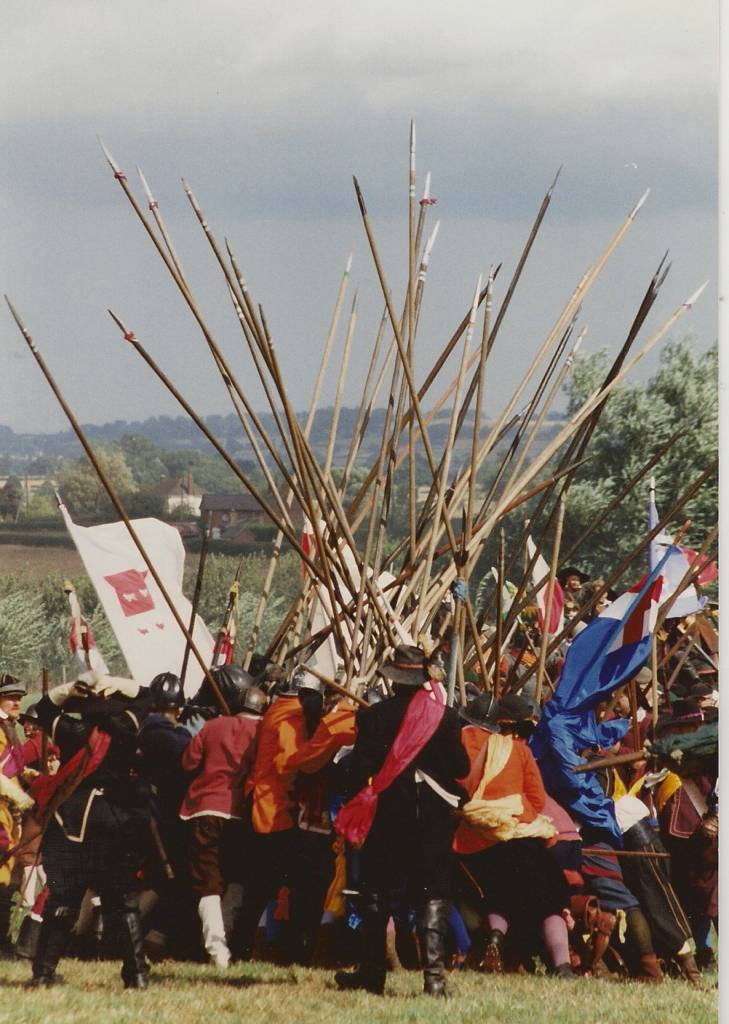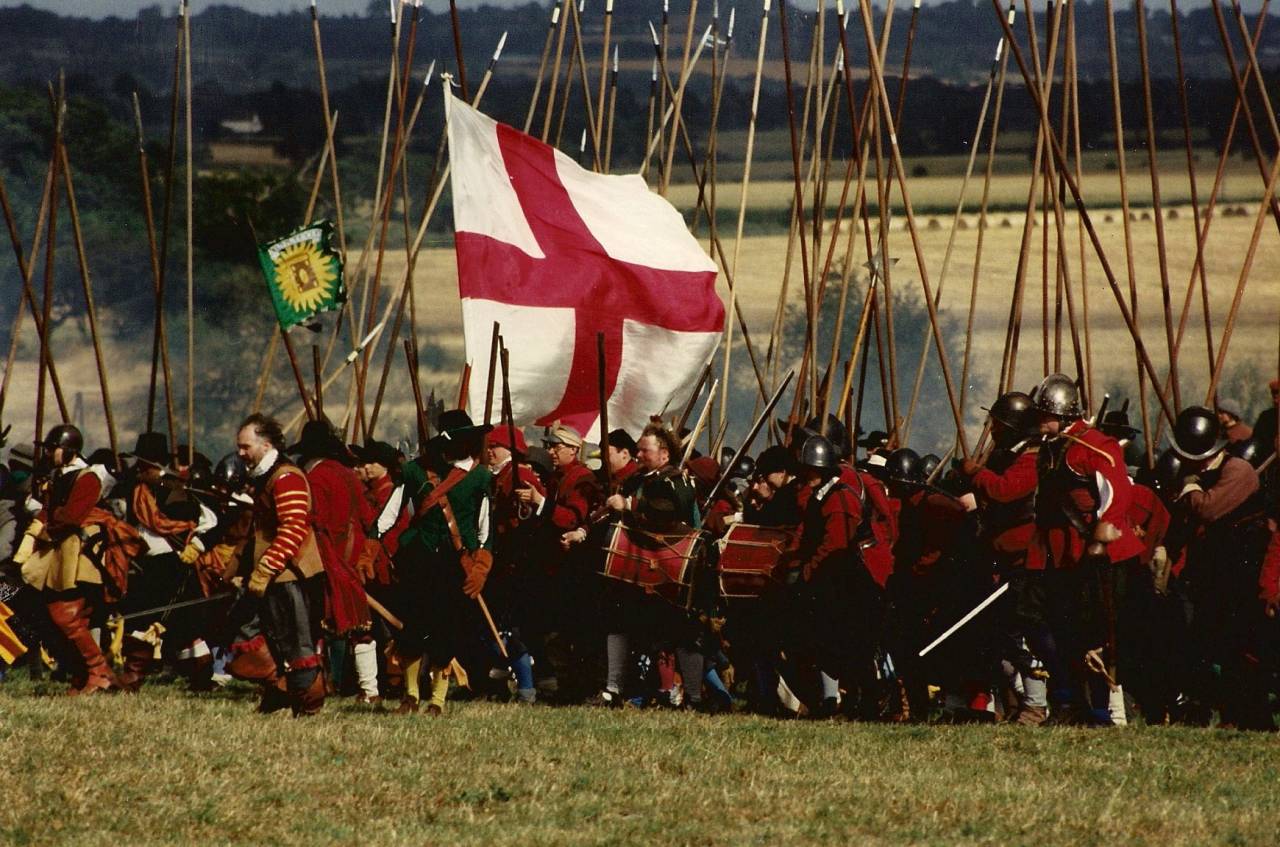The History File
March 2020
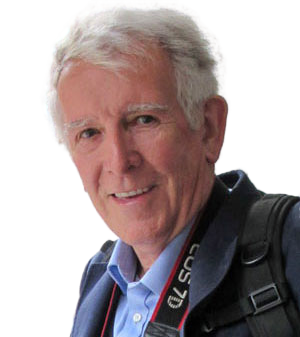
David Cummings
Lives of People from the Past
Introduction
In the next few months I intend to highlight the lives of people from the past who have a connection in some way with Christleton Village. The first is William Lawes who you will find died on the battlefield during the Battle of Rowton Moor in 1645. It is hoped in the near future that the Church Choir will sing one or two items from his music repertoire, as he is a favoured composer of Music Director Hannah Williams.
This is William’s story
Born April 1602 Salisbury Wiltshire
Son of Thomas Lawes, a vicar choral at Salisbury Cathedral, and brother to Henry Lawes, a very successful composer in his own right. Thomas was apprenticed to John Copario which probably brought Lawes into contact with Charles, then Prince of Wales. William and Henry received court appointments after Charles I succeeded to the throne.
William was appointed “musician in ordinary for lutes and voices” in 1635, but had written music for the court before this. Lawes spent all his adult life in Charles’s employ. He composed secular music and songs for court masques, as well as sacred anthems and motets for Charles’s private worship.
When the English Civil War began in 1642 William joined the Royalist Army, and was given a post in the Kings Life Guards. During the siege of York he was living in the city and is said to have written a round “See how Cawood’s dragon looks” a vivid and defiant response to the Parliamentarians capture of Cawood Castle some ten miles from York. Although his post with the Life Guards was meant to keep him out of danger, he probably was one of the 500 Life Guards who accompanied the King from Chirk Castle on September 23rd 1645 to bring support to the Chester Garrison. They entered the city from the west side through Handbridge and within two days were engaged with the forces of Parliament on Rowton Heath.
William is said to have been “casually” shot by a Parliamentarian in the rout of the Royalists on Rowton Heath. The battle had lasted about eight hours when the Kings troops led by Sir Marmaduke Langdale were caught in a classic pincer movement by the opposing army led by Colonel General Sydenham Poyntz, coming from the Whitchurch direction, with the added support of two reserve regiments led by Lt Colonel Michael Jones and Col John Booth containing 500 foot soldiers and 350 horse coming from beneath the city walls. This reserve force coming fresh to the scene, poured devastating fire into the Royalist flanks. So much confusion was caused that the Royalist Infantry had great problems holding their line, and were in such a state of array, that about five o’ clock they turned and retreated towards Chester. It was probably in this confusion that William Lawes was killed.
Some of the remaining Royalist troops fled towards Holt and Farndon, I guess heading back to Chirk, others towards Flookersbook and the city. Here they met another Parlimentarian detachment led by Capt Childley Coote and the Salop Horse, and with the arrival of Colonel General Poynyz on Hoole Heath with his successful army, a final stand took place. The Royalist troops had been caught in the same trap that they had planned for their enemies that same day. The remnant of the Royalist forces then rushed to get into the city via the Northgate, the only city gate open to them. The King issued orders to Lord John Byron the Governor that the city was to hold out for eight days, and if help hadn’t come they were to surrender to save lives and damage to property. He then left the city under cover of darkness across the Old Dee Bridge towards Hawarden and Denbigh.
Some reports say that 800 men were slain at Rowton, and 1,500 men and 2,000 horses taken. “William Lawes the composer and Bernard Stuart the Earl of Litchfield were among those killed”. Although the King was in mourning for his kinsman Bernard Stuart he instituted a special mourning for Lawes, apparently honouring him with the title of “Father of Musick”. William Lawes body was lost or destroyed and his burial site is unknown. It is almost certain that it lies somewhere on the battlefield site at Rowton.
-

-

-

-

-

-

-

Re-enactment of the Battle of Rowton Moor 1995
-

-

-

